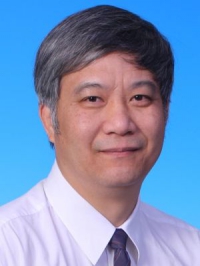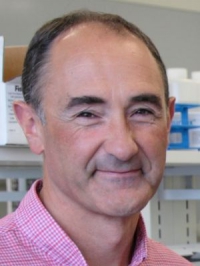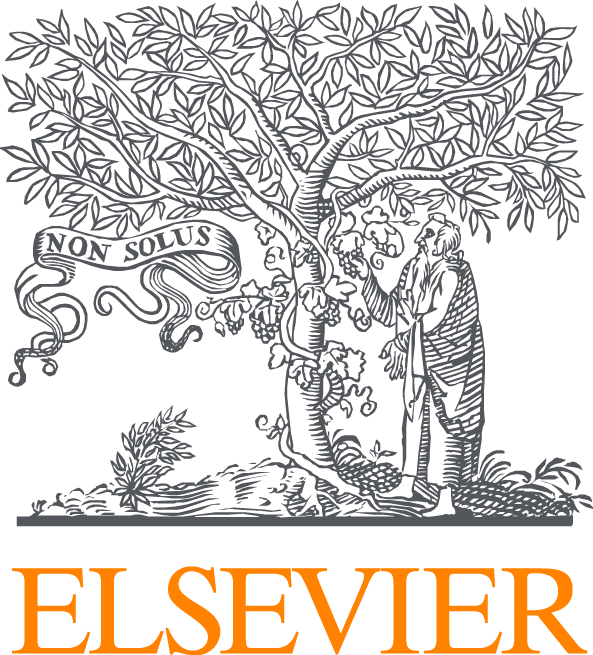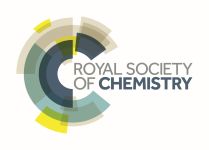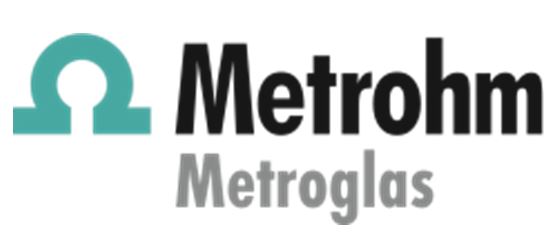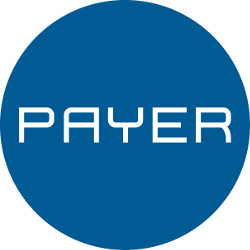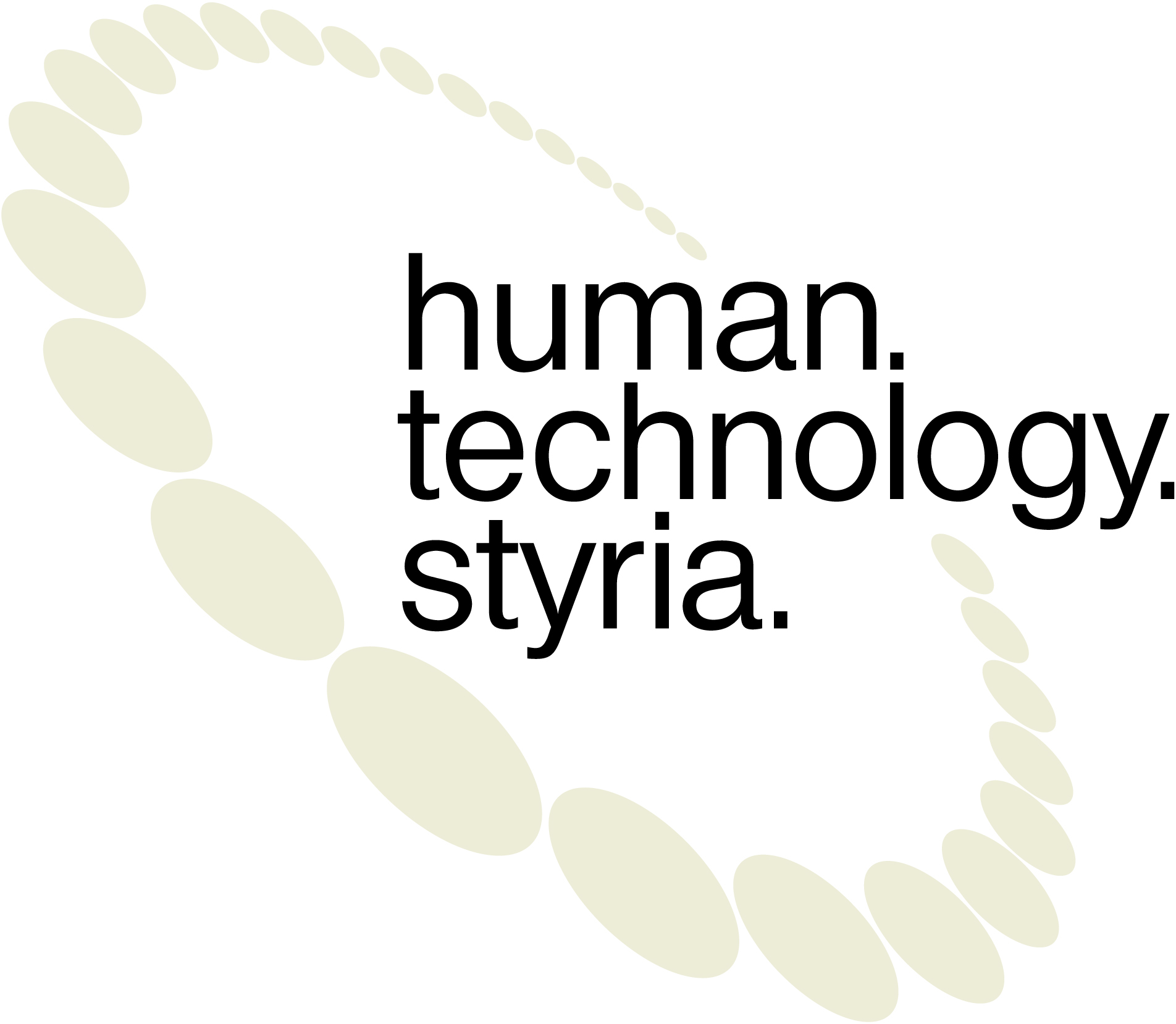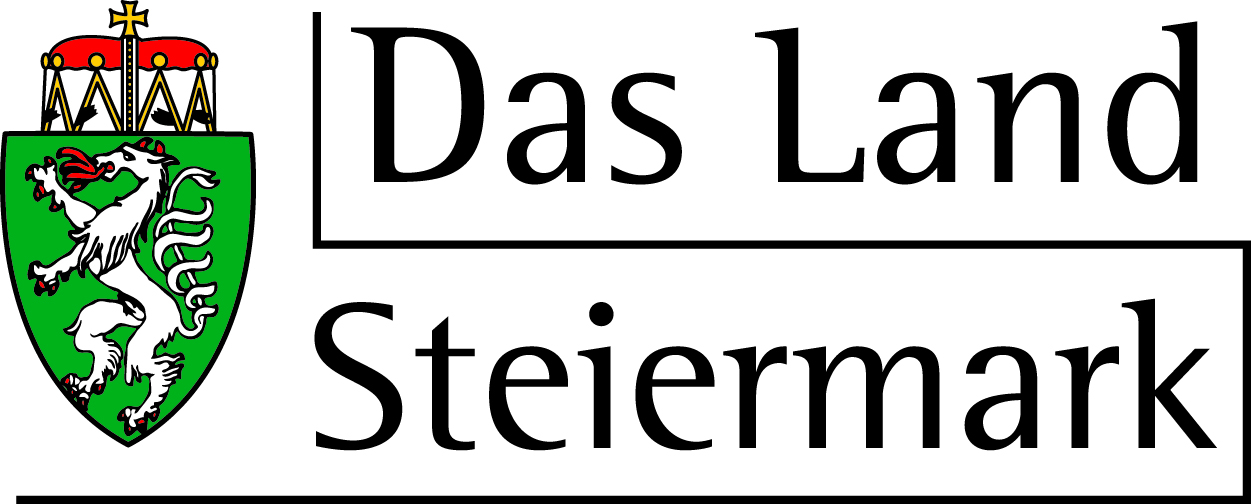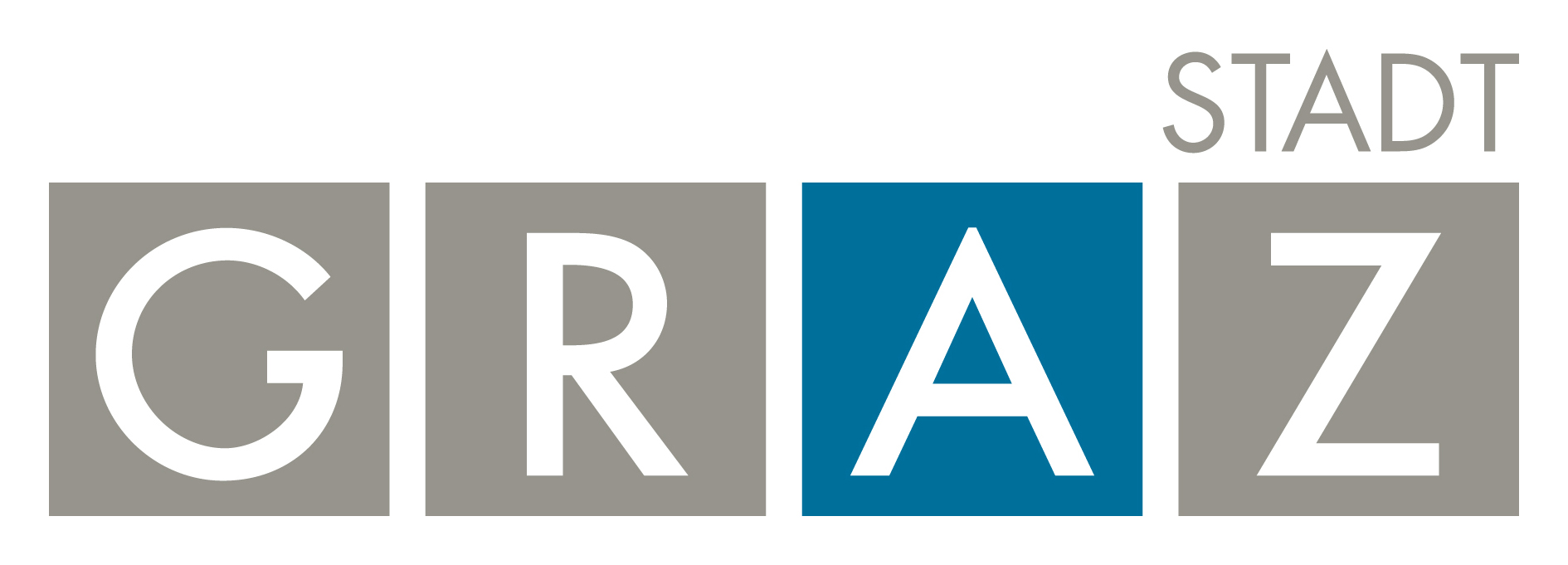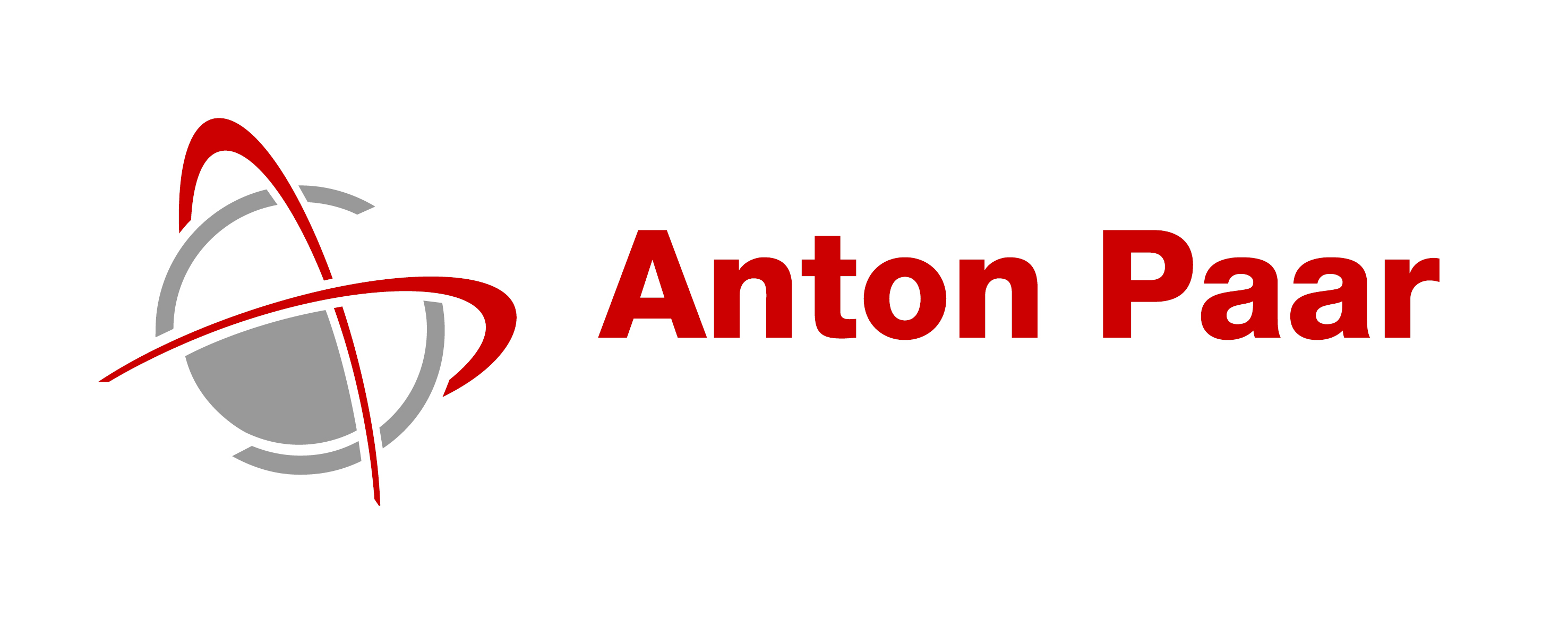
Luis Liz-Marzán received his Bachelor as well as his Doctoral degree in Chemistry from the University of Santiago de Compostela in 1988 and 1992, respectively. After 2 years as an associate researcher at Utrecht University (Netherlands), he returned to the University of Santiago de Compostela as an assistant professor in 1995. Soon afterwards, he became assistant professor at the University of Vigo and was appointed titular professor in 1997. In 2006, he accepted the full professorship at the Department of Physical Chemistry at University of Vigo. Since 2005, he has been visiting professor at Tohoku University in Japan and the University of Michigan (Ann Arbor, USA). He spent some time as a Wilsmore fellow at University of Melbourne (Australia) and as a Humboldt research fellow in Golm at the Max-Planck-Institute of Colloids and Interfaces and the University of Hamburg (Germany). In 2012, he started to serve as Ikerbasque research professor and was appointed scientific director of CIC biomaGUNE.
Luis Liz-Marzán is the author of more than 300 peer-reviewed research papers and co-inventor of 6 patents. He is the principal investigator of more than 20 spanish/ european research grants and 4 major industrial grants. He has been awarded with the Humboldt Research Award and Physical Chemistry Award of the Spanish Royal Society of Chemistry in 2009, the DuPont Award for Science in 2010, the Burdinola Research Award in 2011 and the ACS Nano Lectureship Award in 2012. In 2013, he received the Rhodia Prize of the European Colloid and Interface Society and in 2014, the medal of the Spanish Royal Society of Chemistry. In addition, he has been appointed a fellow of the Royal Society of Chemistry, fellow of the Optical Society of America in 2012, Langmuir lecturer 2012 and he has received a prestigious ERC advanced grant in 2010. Luis Liz-Marzán has been invited for more than 100 talks at conferences and held 100 seminars and courses in 22 countries.
Luis Liz-Marzán´s Research Interests:
• Synthesis and formation mechanisms of metal, semiconductor and magnetic nanoparticles with controlled composition, size and morphology
• Creation of colloidal composites, nanostructured thin films and nanoparticle ordered arrays in two and three dimensions
• Optical properties of nanoparticles and their assemblies
• Use of metal nanoparticles as biosensors
For more detailed informations, please visit the CIC biomaGUNE website: http://www.bionanoplasmonics.com/

